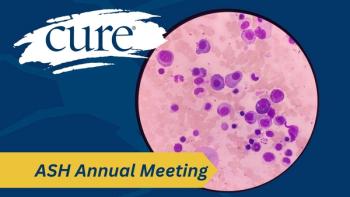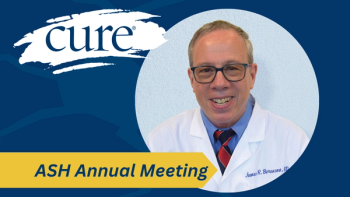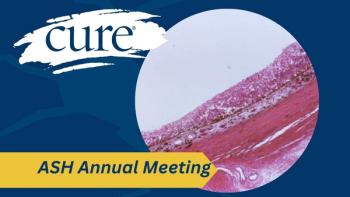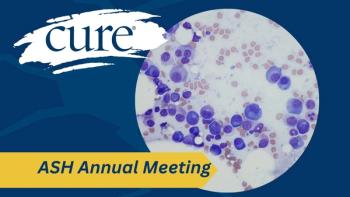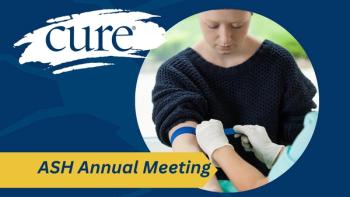I am privileged to be in a field that is constantly changing and to have the opportunity to help those with cancer live a healthier and long life. Like many of my colleagues I struggle to find how to best use my knowledge and abilities to advance cancer care and to strike a personal balance. What has worked best for me is to continually evolve, but to keep a part of each phase of my career active as I move forward. Two years ago, I left academic life full time to run a medical education company, Physicians' Education Resource (PER), that focuses in oncology, and to serve as editor-in-chief of CURE magazine that is published by PER's sister company. I chose to focus on peer education--after all, what good are all the fruits of laboratory research and clinical trials if they are not applied properly in patient care? Through my work at CURE, I was able to address another important educational mission--the empowerment of patients and their loved ones with useful information.I am now embarking on yet another direction as I return to academia full time as co-leader of the Women's Cancer Program and Professor of Medicine at the University of Southern California and Norris Comprehensive Cancer Center. I will stay involved with PER as the Chair of the Medical Advisory Committee--a group of oncologists that will provide clinical input in the myriad of continuing medical education programs that span the different types of malignancies. And thankfully, I will continue in my role as editor-in-chief of CURE magazine. I missed the discovery from the frontiers of biological science--the chance to link what we know of the genomic and protein drivers of cancer toward meaningful solutions for patients. My prior research at the University of Texas Southwestern Medical Center focused on understanding why cancer cells could start out or become resistant to Herceptin and other newer drugs targeting the HER2 gene. At USC, I plan to continue to ask these and other questions that address tumor evolution--through the study of tumor tissue from patients undergoing treatment.This field of translational medicine offers insights that cannot be gained in the laboratory. The challenge is designing the trials and the analysis in such a way that candidate genes and proteins emerge--new targets to which drugs can be made to reverse resistance and inform us about rational combinations of "synergistic" treatments, whereby two or more agents are much more effective than the sum of their individual activities. The problem with most advanced cancers is that available therapies do not wipe them out sufficiently and the few cells that are left are resistant because the tiny fraction that may have had less responsiveness to treatment initially now multiply and take over the tumor.Translational work is exciting, but moves slowly and requires not only large teams of specialists in different fields, but cooperation across universities, medical centers, pharmaceutical companies, and governmental agencies. I look forward to building more bridges and exploring innovative ways to crack to code of resistance to different therapies for breast cancer. At the same time, I honor my duty to keep my colleagues abreast of how new advances are best applied, and hearing back from them the regarding challenges and uncertainties they face in the clinic. Learning is a two-way street and I always gain knowledge from the medical education process whether I am the "teacher" or the "learner." The same holds true about communicating with patients and the public at large. As I move into my new position, I marvel at the community of which I am a part. Medicine, research, education, and advocacy are inseparable in my mind and I am fortunate to merge my prior experiences in my new career trajectory.
